I'm currently creating an automation that will separate the fruits for each store. Basically my file looks like below:
What I need to do is to transfer all fruits of Store X and B to column F (all fruits from different stores). The number of stores could grow as well as the fruits.
I have the code below, however, it only gets the first fruit and jump in to the next store already.
Sub test()
Dim i, lastrow As Long
lastrow = ActiveSheet.Cells(Worksheets(1).Rows.Count, "A").End(xlUp).Row
For i = 2 To lastrow
Cells(i, 1).Select
If Cells(i, 1).Value <> "" Then
Cells(i, 6) = Cells(i, 4).Value
End If
Next i
End Sub
I'm thinking to add another lastrow count for the fruits, however, it just continues until the last row of column D.
